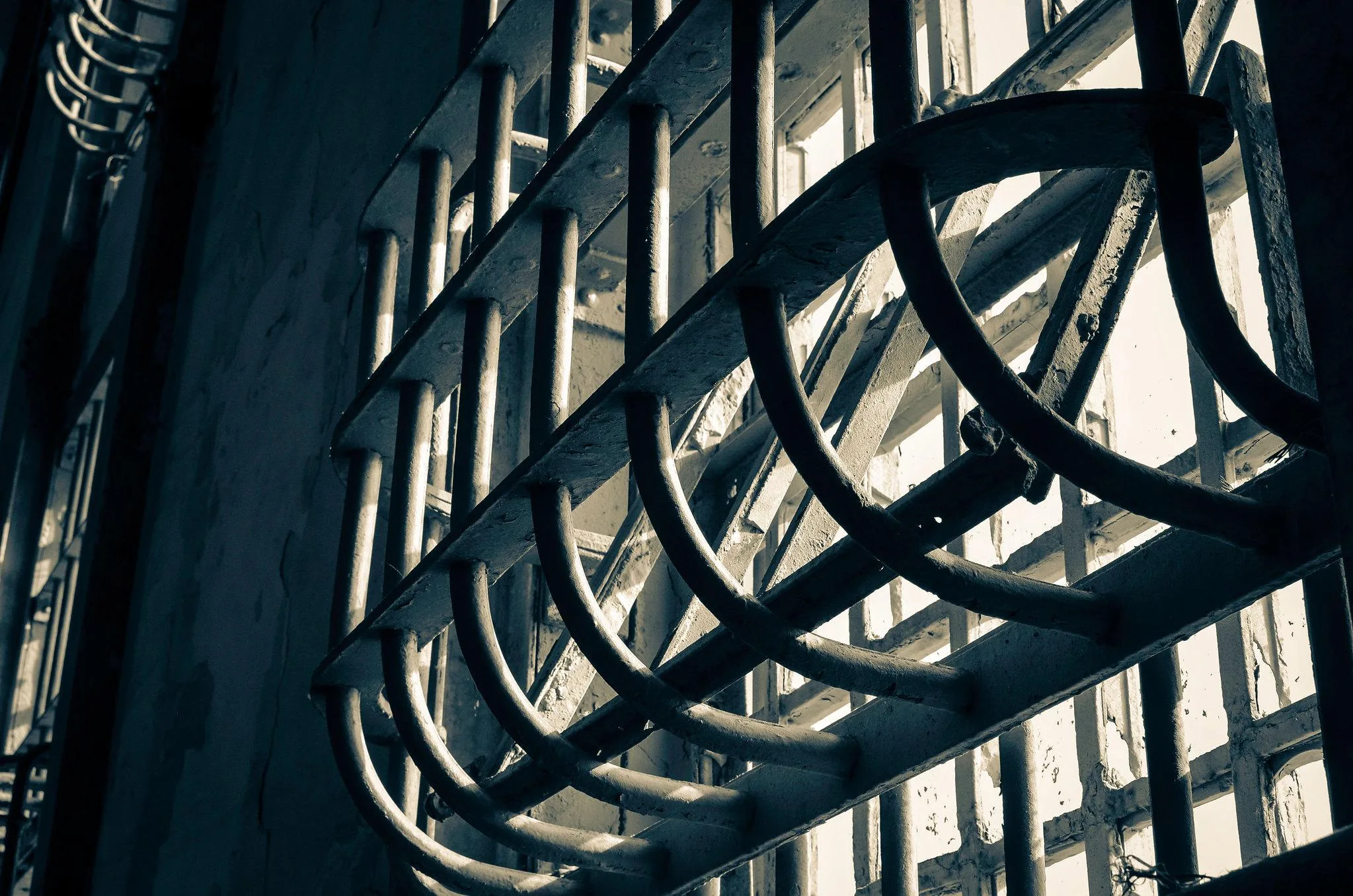Voices
No Exit: Death and Despair in Texas’s “Double-Cell” Solitary Units
Texas state prisons incarcerate more than 4,500 people in two-person cells the size of a parking space for nearly 24 hours a day.

This story was produced in partnership with Solitary Watch.
Alton Rodgers’s cellmate beat him repeatedly for a month before he died. On at least five occasions, Rodgers’s cellmate allegedly smashed Rodgers’s head against the concrete floor, walls, and other objects. According to the lawsuit that Rodgers’s family filed against the prison system, Rodgers, who was 6’3”, had weighed 167 pounds two months before his death. When prison officials removed his lifeless body from his cell on Jan. 8, 2016, Rodgers weighed a mere 116 pounds.
A medical examiner later determined that Rodgers died from a combination of head trauma and starvation. According to court records, guards falsified records to conceal the fact that they skipped required security checks and cell searches. Despite being unresponsive when medical staff handed out daily medication, no employee took action. One guard stated, according to court documents, that he noticed injuries on Rodgers but felt the prison supervisors cared little about prisoner-on-prisoner violence.
At the time of his death, Rodgers was one of more than 4,500 Texas prisoners confined in what the Texas Department of Criminal Justice (TDCJ) calls G5/P5/J5 close custody, units where two people share a single cell for nearly 24 hours a day. While prisons in other states have taken steps to limit solitary confinement, Texas has continued to keep thousands of incarcerated people in “double-cell” solitary confinement, ignoring more humane alternatives and exposing incarcerated people to physical and psychological harm.
Many legal experts and human rights organizations classify solitary confinement as inhumane and tortuous. Numerous studies have revealed the crippling psychological impacts of solitary confinement. In addition to causing sensory deprivation, paranoia, depression, hallucination, and social disconnection while in confinement, studies have found that solitary confinement can cause irreparable cognitive harms that last long after release.
A 2017 study by Stanford University’s Human Rights in Trauma Mental Health Lab of people released from solitary confinement after an average of 14 months experienced significant alterations in their cognitive and perception abilities. Those who participated in the study had problems with emotional suppression, concentration, anxiety, sensory sensitivity, and nervousness.
Like traditional solitary confinement, those housed in Texas’s double-cell solitary units spend nearly all of their time locked in a small, often windowless cell. They do not receive job training, educational classes, drug treatment, religious services, or other rehabilitative programming outside the limited content available on their prison-issued tablets. They eat all meals in the cell and can only exit the cell wearing hand restraints. As a result of staff shortages, they can go weeks, if not months, before being afforded a shower or recreation.
Texas also limits people in double-celled solitary units to just 20 minutes of phone time each month. They can only purchase up to $25 worth of food and hygiene products from the commissary every two weeks. When their families come to visit, they can only speak through a plexiglass window; physical contact is prohibited.
While some officials suggest double-celling can reduce the risk of suicide, some psychologists say forcing people to live in such claustrophobic conditions with another person can be even worse than being alone. These cells are often the size of a parking space. There are few opportunities for privacy. Each occupant has to take a sheet from their bunk and tie each end up on both sides of the cell to form a homemade curtain to block off their cellmate when they want to use the toilet or shower. In such close quarters, without any real relief, tempers can flare for some of the most trivial things like snoring, body odor, utilization of the cell lights, failing to flush the toilet, the volume of the radio, or refusal to share one’s personal property. When a person like Rodgers suffers from a mental illness or is on psychiatric medications that have adverse side effects, the chances for a negative encounter increase tremendously.
In theory, TDCJ can transfer people who report safety concerns to new units. In practice, data from TDCJ’s Office of the Independent Ombudsman shows that the vast majority of grievances related to threats from other prisoners don’t lead to housing reassignments.
In some cases, interpersonal conflicts can spiral into violence and even murder. In recent years, TDCJ has struggled mightily with an alarming rise in homicides throughout the prison agency. According to the Texas Office of the Attorney General, which tracks in-custody deaths, TDCJ recorded eight homicides in 2022, and 21 homicides in 2023, a 160 percent increase. In 2024, there were at least 14 documented homicides.
On the morning of March 7, 2019, Joseph Oguntodu allegedly told a guard on the James V. Allred Unit’s close custody wing that his cellmate wanted to kill him and requested a transfer to a new cell. According to a lawsuit filed by Oguntodu’s family, the guard allegedly denied the request and told him he “needed to be a man.” Oguntodu’s cellmate allegedly confirmed to the guard that he planned to kill Oguntodu, and the guard allegedly replied, “make sure you have it done when I get back.” (In a deposition, the guard disputed this account.)
Sure enough, later that evening, Oguntodu’s cellmate allegedly informed another guard that he had killed Oguntodu, pulling his lifeless body from the bunk for the guard to see. His body may have been lying there for hours; a TDCJ investigation found that guards on duty that day had skipped required security checks. Oguntodu had become another casualty of TDCJ’s indifference towards prisoners housed in double-cell solitary confinement.
Prison officials say that double-celled solitary is necessary to keep staff and incarcerated people safe, but in fact, the opposite is true: Solitary has never been shown to reduce prison violence, and in many instances increases it. Safer and more humane alternatives do exist, including approaches that emphasize programming and mental health treatment to address the root causes of behavior, as well as positive incentives, rather than punishment and isolation.
Prisoners with mental health problems should be housed in a medical environment that’s more therapeutic or in dormitory-type settings that permit each occupant additional space to achieve some sense of privacy. This would provide prison staff with a better ability to identify abnormal behaviors and would allow more out-of-cell time to give each cellmate a reprieve from one another. Disputing cellmates need an immediate option to change their housing situation without being subjected to any disciplinary actions.
Solitary confinement, whatever form it takes, has a proven record of dehumanization and has no place in our society. The practice of double-celled solitary confinement is no different. It’s past time for the state of Texas to stop playing the name game at the cost of human life.
Life, liberty, and the pursuit of happiness are inalienable rights afforded to all humans, even those who find themselves incarcerated.
